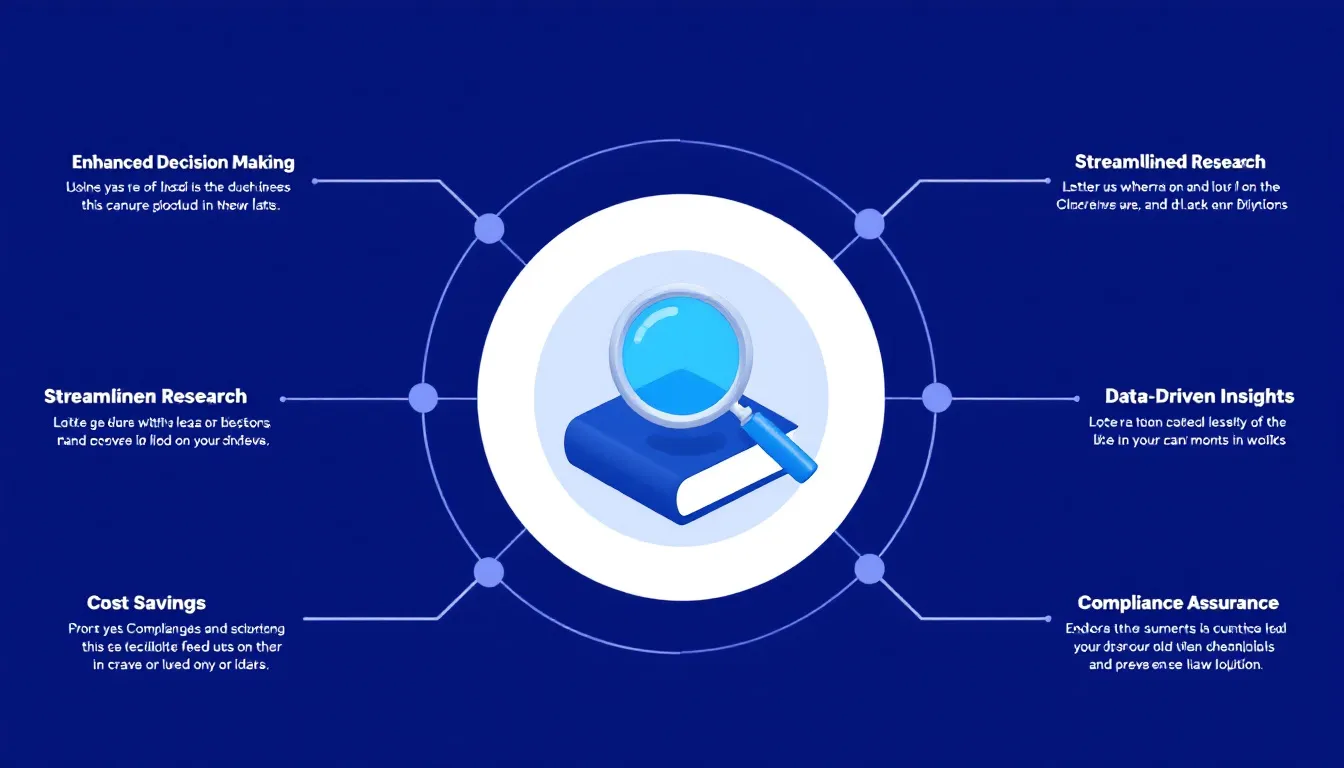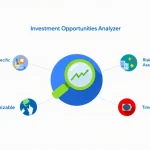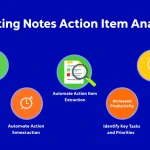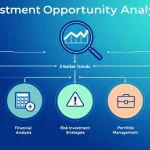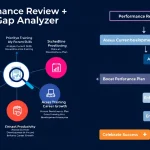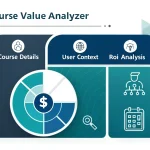Legal Trends Analysis
Analyzing trends...
Is this tool helpful?
How to Use the Legal Trends Analysis Tool Effectively
The Legal Trends Analysis Tool is designed to help legal professionals, researchers, and students identify and analyze emerging trends in specific areas of law. To use this tool effectively, follow these steps:
- Specific area of law to analyze: Enter the particular field of law you want to explore. For example, you might input “cybersecurity law” or “international trade law”.
- Time period for emerging trends (Optional): Specify the timeframe you’re interested in. This could be “past 3 years” or “next decade”.
- Geographic area of focus (Optional): Input the region or jurisdiction you want to focus on, such as “Asia-Pacific” or “California”.
- Specific aspects or sub-areas to focus on (Optional): Provide any particular elements within the chosen law type that you want to emphasize. For instance, “blockchain regulations” or “cross-border data transfer”.
After filling in the required and optional fields, click the “Analyze Legal Trends” button to generate a comprehensive report on emerging trends in your specified area of law.
Understanding the Legal Trends Analysis Tool
The Legal Trends Analysis Tool is a sophisticated web-based calculator designed to assist legal professionals, researchers, and students in identifying and analyzing emerging trends in various areas of law. By leveraging artificial intelligence and vast legal databases, this tool provides valuable insights into the evolving landscape of legal practice and jurisprudence.
Purpose and Benefits
The primary purpose of this tool is to offer a comprehensive overview of emerging trends in specific areas of law, helping users stay ahead of the curve in their legal practice or research. Some key benefits include:
- Time-saving: Condensing hours of research into a concise, actionable report
- Trend identification: Spotting emerging patterns and shifts in legal practice
- Informed decision-making: Providing data-driven insights for strategic planning
- Competitive advantage: Keeping users up-to-date with the latest developments in their field
- Customizable analysis: Allowing users to focus on specific aspects of law relevant to their needs
Benefits of Using the Legal Trends Analysis Tool
1. Comprehensive Insights
The tool provides a holistic view of emerging trends by analyzing various sources, including recent court decisions, legislative changes, academic publications, and industry reports. This comprehensive approach ensures that users gain a well-rounded understanding of the evolving legal landscape.
2. Time and Resource Efficiency
By automating the process of trend analysis, the tool significantly reduces the time and resources required for manual research. Legal professionals can allocate their time more efficiently, focusing on interpreting and applying the insights rather than gathering information.
3. Customizable Analysis
The tool’s flexibility allows users to tailor their analysis to specific areas of law, time periods, geographic regions, and sub-topics. This customization ensures that the generated insights are relevant and applicable to the user’s unique needs and interests.
4. Strategic Decision-Making Support
By providing forward-looking insights, the Legal Trends Analysis Tool empowers users to make informed decisions about their legal practice, research focus, or business strategy. This proactive approach can lead to better positioning in the competitive legal market.
5. Continuous Learning and Professional Development
Regular use of the tool promotes continuous learning and professional development. Users can stay updated on the latest legal developments, emerging issues, and evolving interpretations of the law, contributing to their expertise and competence in their chosen field.
Addressing User Needs and Solving Specific Problems
The Legal Trends Analysis Tool addresses several key challenges faced by legal professionals and researchers:
1. Information Overload
In the digital age, legal professionals are inundated with vast amounts of information from various sources. The tool solves this problem by filtering and synthesizing relevant data, presenting only the most significant trends and developments.
2. Rapid Legal Evolution
Laws and regulations are constantly changing, making it challenging to stay current. The tool addresses this by providing up-to-date analysis of emerging trends, helping users anticipate and adapt to legal changes.
3. Geographic Complexity
Legal trends can vary significantly across different jurisdictions. By allowing users to specify geographic areas of focus, the tool helps navigate the complexities of multi-jurisdictional legal practice.
4. Interdisciplinary Impacts
Many legal trends are influenced by developments in technology, economics, and social sciences. The tool’s comprehensive analysis considers these interdisciplinary factors, providing a more holistic understanding of legal trends.
5. Predictive Insights
By analyzing historical data and current trends, the tool offers predictive insights into future legal developments, helping users prepare for potential changes in their field.
Examples and Use Cases
Example 1: Environmental Law Trends
A law firm specializing in environmental law uses the tool to analyze trends in climate change litigation. They input the following parameters:
- Specific area of law: Environmental law
- Time period: Last 5 years
- Geographic area: United States
- Specific focus: Climate change litigation
The tool generates a report highlighting:
- Increase in climate-related lawsuits against corporations
- Emergence of novel legal theories in climate litigation
- Shifts in judicial interpretations of environmental regulations
- Growing influence of international climate agreements on domestic litigation
Using these insights, the law firm develops a new practice area focused on corporate climate risk management and adapts its litigation strategies to align with emerging judicial trends.
Example 2: Fintech Regulation Trends
A financial technology startup uses the tool to analyze regulatory trends in the fintech sector. They input:
- Specific area of law: Financial regulation
- Time period: Next 3 years
- Geographic area: European Union
- Specific focus: Cryptocurrency and blockchain regulations
The tool’s analysis reveals:
- Upcoming EU regulations on cryptocurrency exchanges
- Trends in central bank digital currency development
- Emerging regulatory frameworks for decentralized finance (DeFi)
- Shifts in anti-money laundering (AML) requirements for blockchain-based services
Armed with these insights, the startup adjusts its product development roadmap and compliance strategy to align with anticipated regulatory changes, gaining a competitive advantage in the market.
Example 3: Intellectual Property in AI
A technology company’s legal department uses the tool to explore trends in AI-related intellectual property law. They input:
- Specific area of law: Intellectual property law
- Time period: Last 2 years
- Geographic area: Global
- Specific focus: Artificial intelligence and machine learning
The tool’s analysis highlights:
- Emerging patterns in patent applications for AI algorithms
- Legal challenges related to AI-generated inventions and creative works
- Trends in copyright protection for machine learning training data
- International variations in AI-related IP protection strategies
Based on these insights, the company refines its IP strategy, focusing on patenting key AI innovations and developing new policies for managing AI-generated intellectual property.
Frequently Asked Questions (FAQ)
1. How often is the legal database updated?
The legal database underlying the tool is continuously updated to ensure the most current information is available for analysis. This includes regular updates from court decisions, legislative changes, and academic publications.
2. Can the tool analyze multiple areas of law simultaneously?
While the tool is designed to focus on one specific area of law at a time for detailed analysis, users can run multiple analyses on different areas of law and compare the results to identify cross-disciplinary trends.
3. How far back in time can the tool analyze legal trends?
The tool can analyze legal trends dating back several decades, depending on the availability of digital records for the specific area of law and jurisdiction. However, for most practical purposes, focusing on more recent timeframes (e.g., the past 5-10 years) often yields the most relevant insights for emerging trends.
4. Can the tool predict future legal outcomes?
While the tool provides insights into emerging trends and potential future developments, it does not predict specific legal outcomes. It offers data-driven analysis to inform decision-making, but legal judgment and expertise are still essential for interpreting and applying these insights.
5. Is the tool suitable for non-lawyers?
Yes, the tool can be valuable for a wide range of users, including legal researchers, students, policy analysts, and business professionals interested in legal trends. However, some legal background or assistance in interpreting the results may be beneficial for non-legal professionals.
6. Can the tool analyze trends in international law?
Yes, the tool can analyze trends in international law by specifying “international law” as the area of focus and selecting a global geographic scope. It can provide insights into trends in treaties, international court decisions, and evolving norms of international law.
7. How does the tool handle conflicting trends or contradictory data?
The tool is designed to identify and highlight conflicting trends or contradictory data as part of its analysis. This can often be valuable information, indicating areas of legal uncertainty or potential future points of contention in the legal field.
8. Can the tool analyze trends in specific industries?
Yes, users can focus on industry-specific legal trends by specifying both the area of law and the industry in the “Specific aspects or sub-areas” field. For example, “healthcare data privacy regulations” or “automotive industry environmental compliance”.
9. How does the tool account for regional variations in law?
The tool allows users to specify geographic areas of focus, enabling analysis of regional variations in legal trends. When a specific region is selected, the tool prioritizes data and trends relevant to that jurisdiction.
10. Can the tool analyze trends in emerging areas of law?
Yes, the tool is particularly useful for analyzing trends in emerging areas of law. Its comprehensive database and analysis capabilities allow it to identify patterns and developments in new legal fields, such as space law, AI ethics, or genetic privacy rights.
Conclusion
The Legal Trends Analysis Tool represents a significant advancement in legal research and strategic planning. By leveraging artificial intelligence and comprehensive legal databases, it provides legal professionals, researchers, and students with valuable insights into emerging trends across various areas of law.
The tool’s ability to customize analyses based on specific legal areas, time periods, geographic regions, and sub-topics makes it an versatile asset for a wide range of users. From law firms looking to expand their practice areas to corporations seeking to navigate complex regulatory landscapes, the Legal Trends Analysis Tool offers data-driven insights to inform decision-making and strategy development.
By addressing key challenges such as information overload, rapid legal evolution, and the need for predictive insights, the tool empowers users to stay ahead of the curve in their respective fields. Its practical applications, as demonstrated through various examples, highlight its potential to drive innovation, improve compliance, and enhance legal strategy across diverse sectors.
As the legal landscape continues to evolve at an unprecedented pace, tools like the Legal Trends Analysis Calculator will become increasingly essential for legal professionals and organizations seeking to navigate the complexities of modern law. By providing a comprehensive, efficient, and customizable approach to trend analysis, this tool not only saves time and resources but also enhances the quality and depth of legal insights available to its users.
Ultimately, the Legal Trends Analysis Tool serves as a powerful complement to traditional legal research and analysis methods. While it doesn’t replace the need for legal expertise and judgment, it significantly enhances the capacity of legal professionals to identify, understand, and respond to emerging trends in their fields. As such, it represents a valuable addition to the toolkit of any forward-thinking legal practitioner, researcher, or organization committed to staying at the forefront of legal innovation and excellence.
Important Disclaimer
The calculations, results, and content provided by our tools are not guaranteed to be accurate, complete, or reliable. Users are responsible for verifying and interpreting the results. Our content and tools may contain errors, biases, or inconsistencies. We reserve the right to save inputs and outputs from our tools for the purposes of error debugging, bias identification, and performance improvement. External companies providing AI models used in our tools may also save and process data in accordance with their own policies. By using our tools, you consent to this data collection and processing. We reserve the right to limit the usage of our tools based on current usability factors. By using our tools, you acknowledge that you have read, understood, and agreed to this disclaimer. You accept the inherent risks and limitations associated with the use of our tools and services.
